Enhanced 3D Model of Mars Crater Edge Display’s Ups and Downs

A dramatic 3D Mars view based on land modeling from NASA's Mars Reconnaissance Orbiter data shows "highs and lows" of Mojave Crater.
The vertical dimension is overstated three-fold compared with horizontal dimensions in the synthesized imagery of a portion of the crater's wall. The resulting images look like the view from a low-altitude aircraft. They reflect one use of digital modeling resulting from two observations by the orbiter's High Resolution Imaging Science Experiment camera.
This enhanced view shows material that has ponded and is backed up behind enormous blocks of bedrock in the crater's terrace walls. Hundreds of Martian collision craters have similar ponding with pitted surfaces. Scientists believe these "pitted ponds" are formed when material melted by the crater-causing impacts is captured behind the wall terraces.
Mojave Crater, one of the freshest large craters on Mars, is about 60 kilometers (37 miles) in diameter. In a sense, it is like the Rosetta Stone of Martian craters, because it is so fresh. Other craters of this size usually have already been affected by erosion, sediment and other geologic process. Fresh craters like Mohave reveal information about the collision process, including ejecta, melting and deposits.


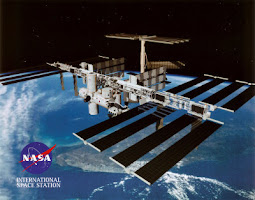
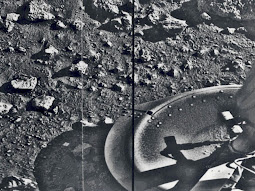
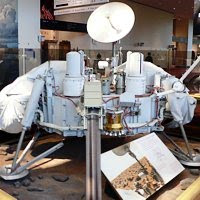


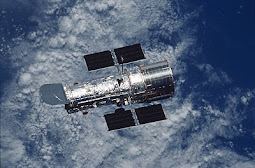
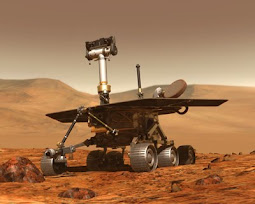


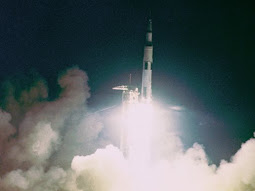
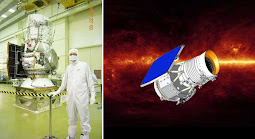
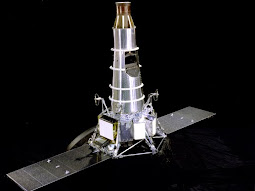
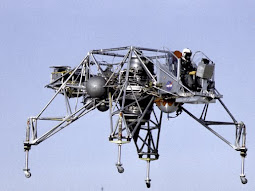
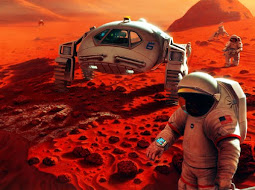


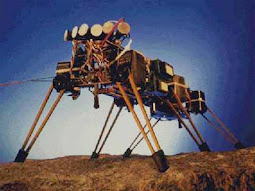
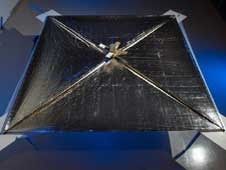


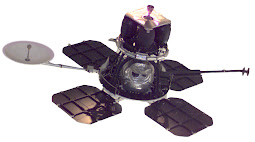
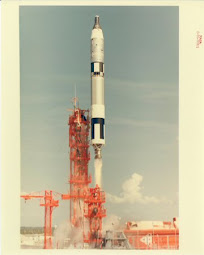


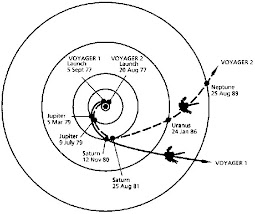

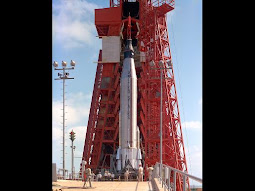

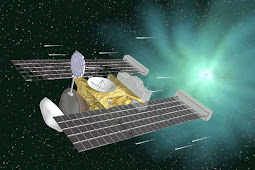
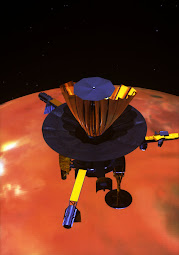
0 comments:
Post a Comment